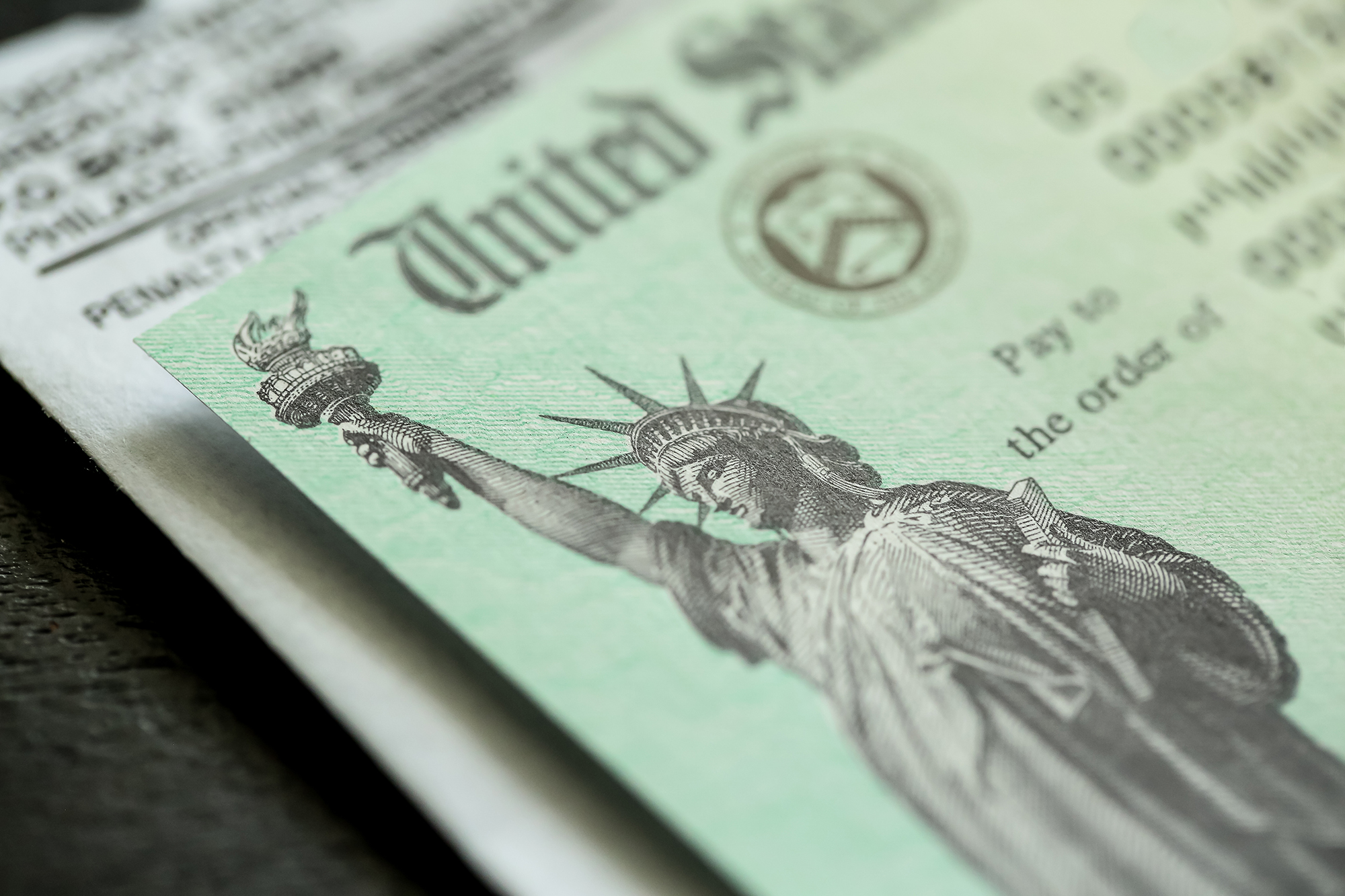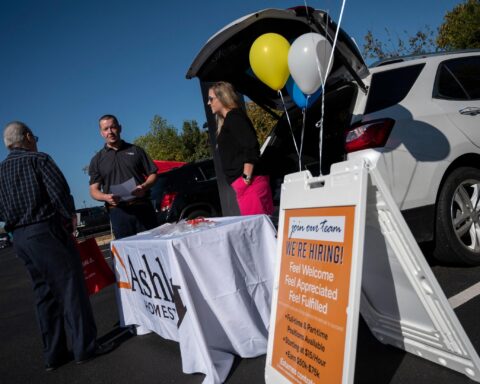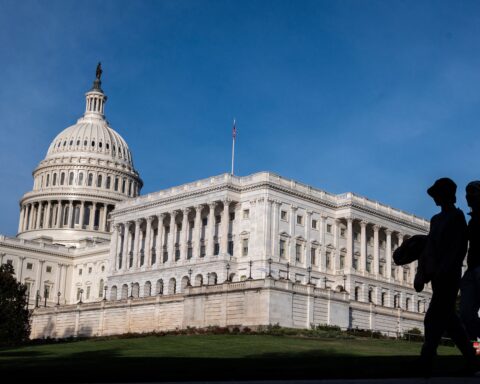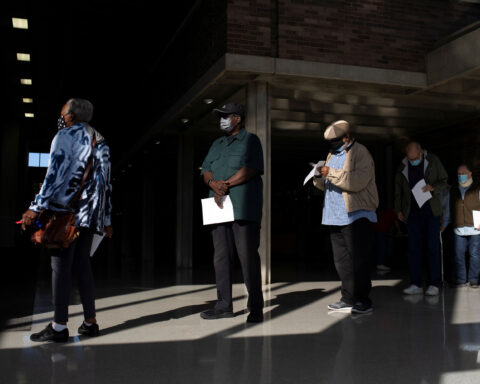Nearly 107 million US households — about 61% — owed no federal income tax in 2020, a huge spike from pre-pandemic times. But that increase should be short-lived.
The coronavirus-fueled upheaval in the economy, which cost more than 20 million jobs in April 2020, and the sweeping federal relief packages drove up the share of non-payers by roughly 40%, according to the nonpartisan Tax Policy Center.
Only about 75 million households, or 44%, didn’t pay federal income tax in 2019, said Howard Gleckman, a senior fellow at the center, who called the increase for 2020 “eye-popping, but temporary.”
Many people who lost their jobs or had their hours curtailed last year were lower-wage workers who may have paid little income tax prior to the pandemic. In addition, millions of Americans received up to $1,800 each in stimulus checks, which were actually refundable tax credits that significantly reduced people’s 2020 tax liability, as part of two congressional rescue deals.
Together, these meant that far fewer households had to pay federal income tax.
What happens in 2021?
This year, the economy is doing better and Americans received only one stimulus check of up to $1,400 each. But in its $1.9 trillion relief package in March, Congress also expanded three tax credits — most notably, the child tax credit — for 2021.
So the number of households that owe no federal income tax for this year will slide to about 102 million, or 57%, Gleckman said.
Effectively no household making less than $28,000 will pay federal income tax — usually about 15% of the bottom income quintile has some tax liability.
And three-quarters of those earning between $28,000 and $55,000 will be spared from income tax liability, compared with about half of the second quintile usually.
Among middle-income households making between $55,000 and $98,000, a quarter won’t have to pay federal income taxes, compared with about 18% typically.
“The people who really benefit the most are low-income families with kids,” Gleckman said.
Next year, the Tax Policy Center expects the share of non-payers to return to its pre-pandemic trend in the mid-40% range — unless Congress extends the boost to the tax credits, which Democrats are considering doing as part of their $3.5 trillion budget resolution.







